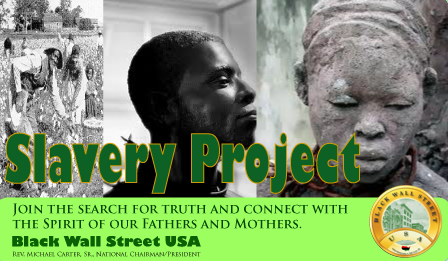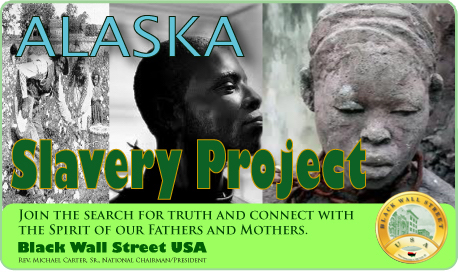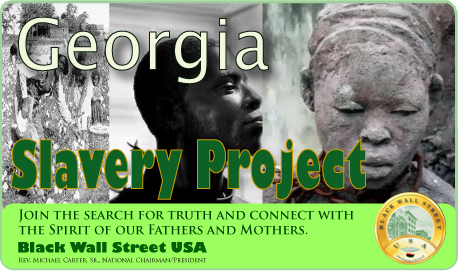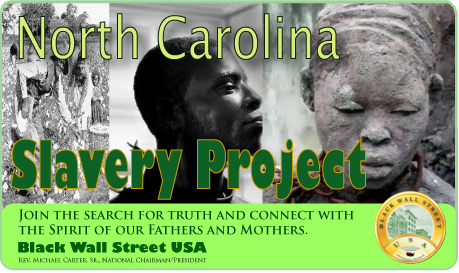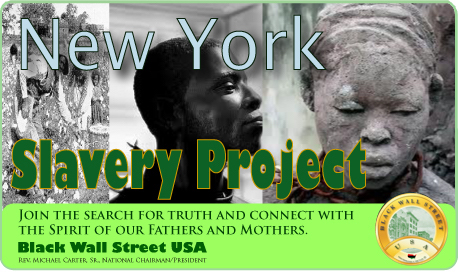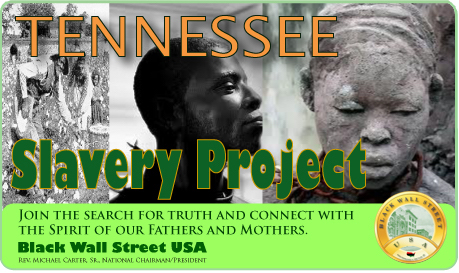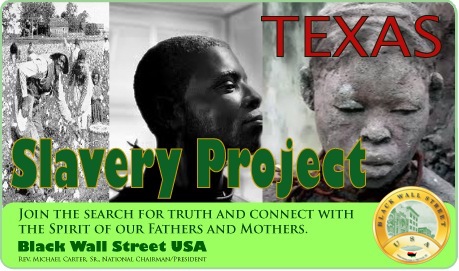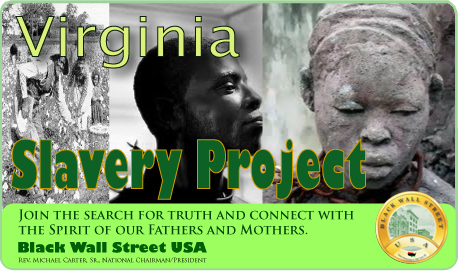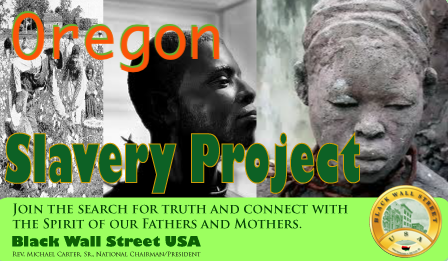The complex and enduring legacy of slavery in the United States is often geographically and historically confined in the public imagination to the Southern plantations and cotton fields of states like Mississippi, Georgia, and Alabama. However, this limited view fails to account for the vast and systemic infrastructure that undergirded and benefitted from the institution of slavery across the entire nation. In truth, the system of American slavery was not isolated by region, race, or century. It extended into the deserts and mining camps of Arizona, connected deeply with the financial engines of white-owned corporations, and continues to echo into modern-day corporate practices and economic structures.
Arizona’s history, though often overshadowed by more commonly studied southern slave states, contains a compelling and disturbing narrative of forced labor, Indigenous enslavement, Black oppression, and economic complicity that ties into the broader slavery industrial complex. To understand how modern white-owned corporations continue to benefit from this historical system, one must examine the multigenerational trajectory of wealth transfer, exploitation, and systemic erasure tied to both African and Indigenous enslavement across the American Southwest.
While Arizona was not a state during the Antebellum era—it did not achieve statehood until 1912—it was nonetheless a critical region in the broader architecture of slavery and forced labor under the Spanish, Mexican, and later American rule. The territory that became Arizona had long been a site of coerced labor, particularly the enslavement of Indigenous peoples. Spanish colonizers initiated systems of encomienda and repartimiento that forced Native peoples into unpaid or barely-compensated labor, often under brutal conditions in mines, ranches, and missions. This practice was later absorbed and adapted by Mexican authorities and American settlers alike. As early as the 17th and 18th centuries, the region’s Indigenous population had already suffered mass displacement and enslavement, particularly the Apache, Yavapai, and Navajo peoples. The institution of slavery was already embedded in the socioeconomic fabric of Arizona long before the rise of the American plantation economy, just in different forms.
With the expansion of the American frontier into what is now Arizona, the systemic exploitation of both Indigenous and Black people intensified. Under American territorial governance in the mid-1800s, Arizona was home to a smaller population of enslaved African Americans compared to southern states, but those present were subjected to intense discrimination, violence, and labor exploitation. These Black individuals were often brought to the region by white southern migrants looking to transplant plantation-style economics into new territory. Slavery was technically illegal under Mexican law before the United States acquired the territory through the Treaty of Guadalupe Hidalgo in 1848, but the law was widely ignored by Anglo settlers who viewed the land as a fresh opportunity to expand their slaveholding interests. In fact, slaveholders in Texas and other Southern states sometimes migrated to Arizona to escape growing abolitionist pressure and reestablish their way of life under different jurisdictional frameworks.
Arizona’s economy during the territorial period relied heavily on industries that profited from coerced or underpaid labor—mining, ranching, and agriculture—all of which were sustained through labor exploitation. The copper and silver mines of Arizona demanded grueling physical work, often performed by Native and Mexican workers under conditions that closely mirrored slavery. These workers were underpaid, physically abused, and often held in debt peonage or contract servitude that they could not escape. In some cases, they were explicitly trafficked.
The mining companies—many of which evolved into powerful American corporations—built their fortunes on these systems. These corporations, such as Phelps Dodge and later Freeport-McMoRan, laid the groundwork for multibillion-dollar enterprises that continue to thrive today. These companies operated with impunity, reaping vast profits while their laborers, disproportionately nonwhite, suffered and died in harsh, unsafe conditions. The connection to slavery here lies in the unbroken line of economic advantage that such corporations have maintained by externalizing costs onto marginalized labor forces.
Furthermore, the legal and political frameworks of Arizona were designed to support these exploitative practices. Anti-miscegenation laws, voting restrictions, racial covenants, and segregation were all enforced in Arizona well into the 20th century. These laws ensured that Black and Indigenous people were legally and socially constrained, which directly affected their ability to accumulate wealth, own property, or assert civil rights. This systemic disenfranchisement was not accidental—it was a continuation of the institutional control of labor and capital that characterized slavery. The legacy of slavery in Arizona, therefore, is visible in both the treatment of marginalized communities and the accumulation of generational wealth among white settlers and corporations.
Even more disturbingly, the modern prison-industrial complex in Arizona represents a direct continuation of slavery under a different name. The
Thirteenth Amendment of the United States Constitution abolished slavery “except as punishment for crime,” creating a loophole that Arizona, among other states, has used extensively. Arizona’s prison system, particularly under private prison contracts, has relied heavily on the unpaid or underpaid labor of incarcerated individuals, the majority of whom are Black, Latino, or Indigenous. These incarcerated workers are assigned to clean highways, fight wildfires, work in agriculture, and produce goods for both the state and private corporations for as little as $0.10 per hour. In many cases, these corporations—some of them white-owned and historically connected to older enterprises—have maintained lucrative contracts with the state, directly profiting from this labor. The parallels to chattel slavery are impossible to ignore.
A deeper look at the corporate beneficiaries reveals troubling continuities. Companies that trace their origins back to the era of slavery, such as Wachovia (now part of Wells Fargo), Aetna, and JP Morgan Chase, have all publicly acknowledged past ties to slavery. Their involvement often included accepting enslaved people as collateral for loans, issuing insurance policies on enslaved individuals, or facilitating financial transactions for slaveholding clients. Though not all these institutions operated in Arizona, their national reach meant their financial mechanisms played a part in the economic colonization of western territories, including Arizona. Railroads that were constructed with the aid of coerced labor, financial institutions that provided capital to settler-industrialists, and investment firms that speculated on Arizona mining and land development all played a role. Today, these corporations continue to dominate American finance, having built their foundations on the profits of human bondage.
Additionally, modern corporations involved in agriculture and food production in Arizona—such as those connected to lettuce, citrus, or cotton—often exploit migrant labor under conditions that amount to neo-slavery. Workers, many of them undocumented immigrants, are often paid below minimum wage, denied legal protections, and exposed to harmful pesticides and extreme temperatures. They are frequently unable to leave exploitative employers due to economic coercion, threats of deportation, or lack of viable alternatives. The structure of these labor arrangements echoes the dependency and control mechanisms of historical slavery, with modern twists shaped by globalization, immigration policy, and corporate lobbying.
These exploitative labor systems are upheld and protected by legislation and policy that disproportionately favors corporate interests. Arizona’s political apparatus has often supported “right to work” laws, anti-union measures, and draconian immigration laws like SB1070, which increased racial profiling and labor vulnerability for undocumented workers. These policies do not exist in a vacuum—they are part of a historical continuum of suppressing nonwhite labor while allowing white-owned corporate entities to profit. The state benefits from low-wage labor without bearing the cost of protecting worker rights, while corporations externalize risk and reap financial rewards. This is a form of economic parasitism rooted in the same logic that drove slavery: maximize profit through domination and dehumanization of labor.
The educational system, cultural institutions, and public memory in Arizona have largely erased these histories. Public school curricula rarely acknowledge the extent of Indigenous enslavement or the role of Black people in Arizona’s development. Monuments and memorials tend to focus on pioneer valor, mining booms, or Western expansion without reckoning with the systemic violence and forced labor that undergirded these narratives. This erasure is itself a legacy of slavery—a refusal to acknowledge the full human cost of America’s wealth and a silence that allows present-day inequalities to go unchallenged.
What makes this continued economic benefit especially galling is the fact that restitution or reparative justice has never been seriously pursued by these corporations or the state. While Arizona has formally recognized Juneteenth as a state holiday, symbolic gestures have not translated into material redress. Corporations that profited from forced labor in the past and exploit vulnerable labor today continue to operate with impunity, and the communities they harmed remain economically disenfranchised. Land theft from Native tribes has never been rectified. The descendants of enslaved people or exploited workers receive no stake in the wealth that was built on their ancestors' backs. The mechanisms of racial capitalism remain intact, simply adapted to new conditions.
In examining these interwoven histories, it becomes clear that slavery in Arizona was not a peripheral or isolated phenomenon, but rather a node in a vast network of racialized labor exploitation that continues to shape the state’s economy and social structure. From Indigenous bondage under Spanish colonialism to the use of prison labor in modern corporate supply chains, from historical mining tycoons to contemporary agricultural conglomerates, the exploitation of marginalized bodies has remained constant. White-owned corporations, both historical and contemporary, have been the primary beneficiaries of this system, and their profits have been built on centuries of suffering.
Until these corporations and the state of Arizona confront this legacy with honesty and provide tangible reparations—through wealth redistribution, land return, historical truth-telling, and systemic policy reform—the structure of slavery will persist in disguised forms. The true reckoning with Arizona’s past must involve not just memory, but transformation. Only then can we begin to dismantle the slavery industrial complex and its modern iterations. Only then can justice become more than a promise—it must be a practice.
